How to do ClockworkMod Recovery
Unlocking the true potential of the Android OS – anything from rooting a device to replacing its default operating system with a custom ROM – begins with flashing (installing) a custom recovery. All Android devices come with stock recoveries that allow users to flash official updates to the operating system, reset the devices, and wipe their caches. Custom recoveries, on the other hand, come with offerings that are much more advanced, along with the ability to tinker around with the actual inner workings of the Android OS.
Custom recoveries are designed to replace stock recovery software and come with the ability to create complete backup images of every bit and piece of data stored on an Android device at any given time. Arguably, the most popular and commonly used brand when it comes to custom recovery software is ClockworkMod (CWM) recovery. The following information covers everything you need to know in order to flash a ClockworkMod recovery onto your device. It should be noted that before a custom recovery image can be installed onto an Android device, its bootloader must be unlocked; the method for doing so varies from one device to another.
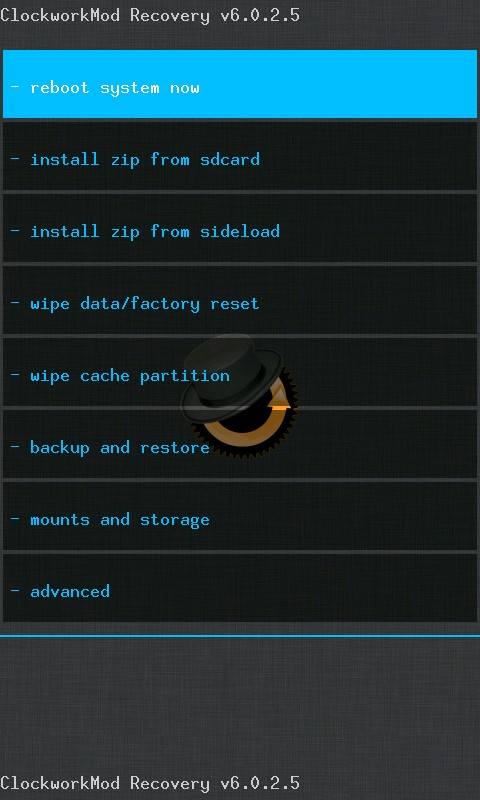
What You Need
- A computer must have the latest version of Android SDK (which can be downloaded here), the ADB drivers, and the latest USB drivers for your device installed on it.
- The latest version of the ClockworkMod recovery image for your device can be downloaded by visiting this link, locating your device, and downloading the most recent recovery image for it.
What You Need to Do
- Enable USB Debugging on your device by going to Settings > Developer Options, tapping on USB Debugging, and confirming the action.
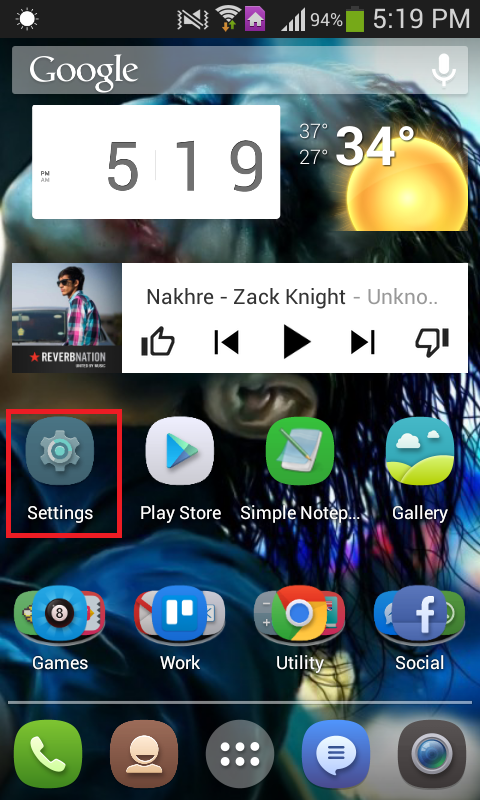

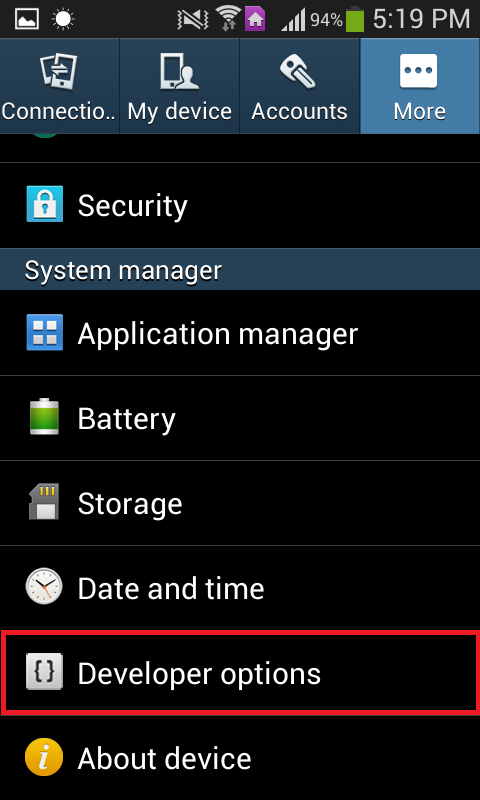
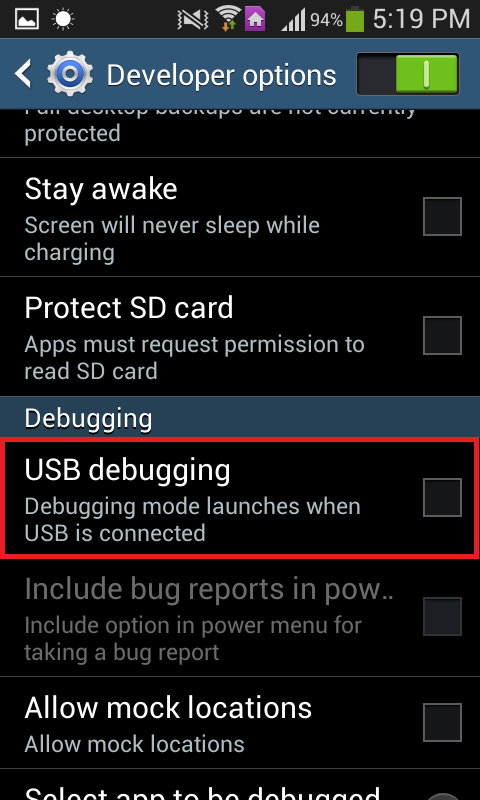
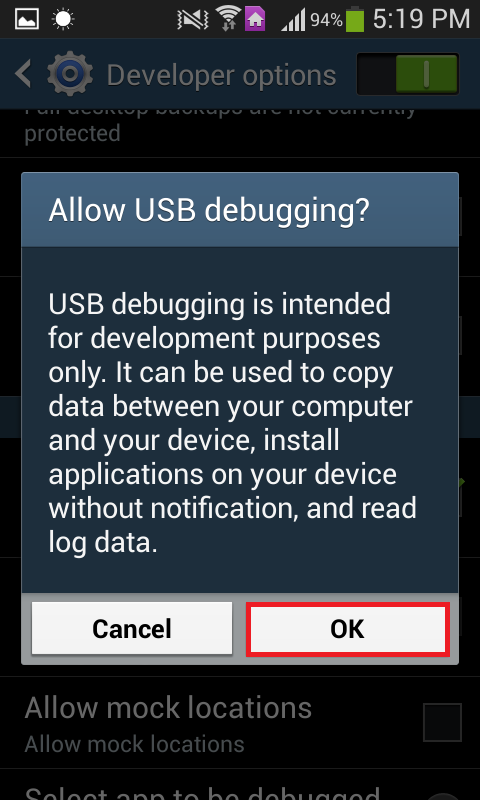
2. Connect your device to the computer via a USB cable.
3. Open a command prompt on the computer.
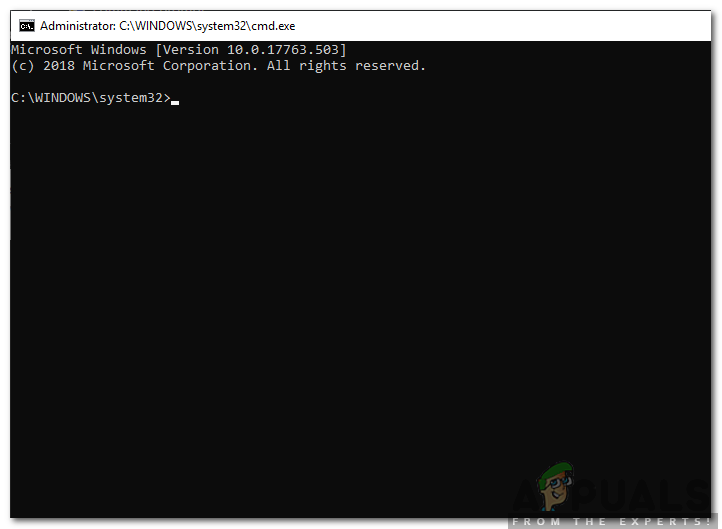
4. Locate where you installed Android SDK on the computer, and then copy the path to the Platform Tools folder. The path will look something like this: “C:/Android SDK/adt-bundle-windows-x86_64-20131030/sdk/platform-tools/.”.
5. Paste the copied path into the Command Prompt, adding a “cd” in front of it. The end result should resemble “cd C:/Android SDK/adt-bundle-windows-x86_64-20131030/sdk/platform-tools/.
6. Execute the command.
7. Type “adb devices” into the Command Prompt, and make sure your device is listed.
8. Type “adb reboot bootloader” and allow the device to reboot into the bootloader.
9. On the computer, go to the Platform Tools subfolder located within the Android SDK folder.
10. Open a Command Prompt in the Platform Tools folder by pressing the Shift key and right-clicking the mouse, then select ‘Open command window here’.
11. Type “fastboot devices” and check to ensure that your device is listed
12. Type in ‘fastboot flash recovery‘ followed by the file name of the recovery you want to flash (without parentheses). The filename of a recovery image usually looks like ‘cwm-6.0.4.6-MotoG4.4.img‘.
13. Once the custom ClockworkMod recovery image has been flashed onto your device, the last thing you want to do is reboot the device as usual. Instead, you need to enter Recovery Mode from the Bootloader by using the Volume Rocker to highlight and the Power button to confirm.
14. Once you enter Recovery Mode, you will see that a custom ClockworkMod recovery has been flashed. It is safe to reboot the device from Recovery Mode using the ‘Reboot system now’ option.